The egg is a fundamental part of the diet of many people because it is a food with proteins of excellent quality and rich in nutrients. This has caused a great demand for eggs in the market. If you’re raising laying hens to produce eggs either for business or self-consumption, you will surely be interested in knowing how to increase the egg production of your hens.
There are different factors that influence egg production, such as breed, diet, and some management practices. If you want to know how to increase the egg production of laying birds, then continue reading.
Influence of Diet (Feed) on Laying Performance
Depending on the breed, a pullet would have to be about 4 to 5 months old from the day it hatched before it starts laying eggs. A chicken farmer must be well-prepared to meet the costs of rearing pullets throughout the brooding to growing period. One challenge many poultry farmers have is feeding the young chickens. Many farmers underfeed their birds during the growing (pre-lay) period to minimize production costs.
A poultry farmer shouldn’t have problems buying feeds when the chickens start laying because it is at this stage that the birds should be generating revenue or profit for the farmer from the eggs laid by them to cover their feeding costs.
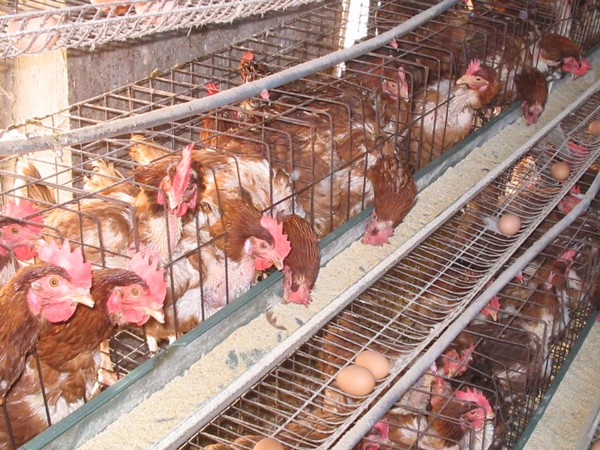
The way pullets are managed during their brooding and growing phase influences their performance during the laying period. Indicators of performance must be available, and these indicators are to be monitored in the brooding, growing, and egg-laying phases of layers. One of these performance indicators is body weight.
Any underfed pullet will inevitably become underweight and will also experience late maturity. Pullets in this category will lay small eggs, and their egg production will reduce more sharply after getting to the peak.
Overfeeding leads to the production of overweight birds. The disadvantage of overweight pullets is that they can never attain or sustain high egg-laying production. Pullets that are raised under good management produce eggs at the highest peak, and they are less susceptible to problems of egg production.
Read: Feeding Chart for Layers
Common Management Problems That Affect Egg Production
The problems associated with the management of layers, which are encountered by poultry farmers are discussed below. Most of these problems can be averted. One thing about these problems is that if they are not addressed quickly, they could result in critical economic losses.
1. Broodiness
Hens have a natural tendency to incubate their eggs. This trait is not found in commercial layers because it was bred out. Nonetheless, some hens still become broody occasionally. Any broody hen is always unproductive and it inconveniences other birds by sitting in the laying nest. Broody hens should be separated from the flocked and kept on a bare floor till the broodiness is lost. After, they can be taken back to the laying house to continue laying eggs.
2. Cannibalism
Cannibalism is a situation where a chicken pecks and injures another chicken. It begins when a bird is injured and other birds start to peck the injured area or part. Most times, an injured bird bleeds to death. Cannibalism can be prevented by trimming the beaks of the birds. If any injured bird is sighted, it must be removed from the flock before it results in serious injuries or death. Overcrowding, underfeeding, proteins or amino acid deficiencies, and boredom are major factors that lead to cannibalism.
3. Egg Eating
Egg eating may occur when a hen lays soft-shelled eggs. It happens when birds are deficient in certain nutrients such as calcium. As a result of this, the feed provided must be balanced and meet all the nutritional requirements of the birds. A hen is tempted to peck at an emerging egg if it sees an egg coming out from the cloaca of another hen. When the egg is pecked, it breaks, and the hen starts to eat it immediately. To avoid this incidence, farmers must construct proper laying nests. Each nest should accommodate one bird at a time. The nests should be partially covered to become dark if the nests are the communal type.
4. Decreased Daylight
Lighting is a factor that influences the rate of egg production and the size of the eggs. Therefore, chickens must be provided with 17 hours of light (natural + artificial) from 18 weeks of age.
5. Poor Hygiene and Diseases
It is of great importance to keep the facilities and equipment such as drinking troughs and feeders of the chickens clean. This is simply because a lack of proper hygiene and sanitation could result in less or poor egg production, and even increased bird mortality. It is also important to avoid that chickens are infected with different diseases and to know the most frequent laying hen diseases and how to avoid them.
6. Infertility
Due to infertility and a poor state of health, some birds stop laying eggs. This kind of bird must be culled (removed from the flock). All things being equal, all your birds should start laying eggs in their 25th week. After the 25th week, the farmer should start looking for unproductive birds, and any found should be culled to prevent feed and labor loss.
Now that you know some causes and factors that influence to increase in egg production, it only remains to put what you have learned into practice. You will observe how your birds improve their posture, resulting in more trade and improvement of the farm.
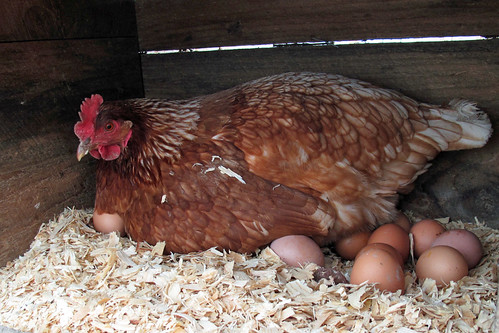
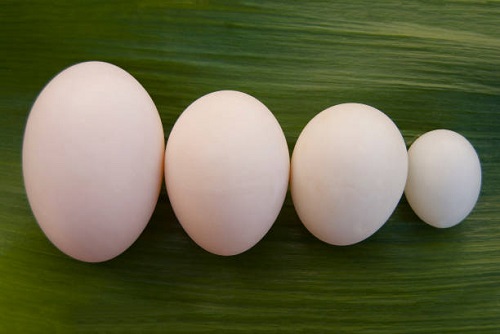
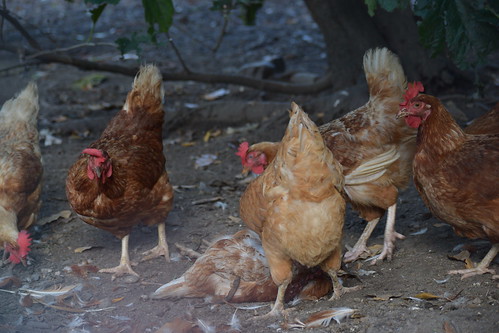
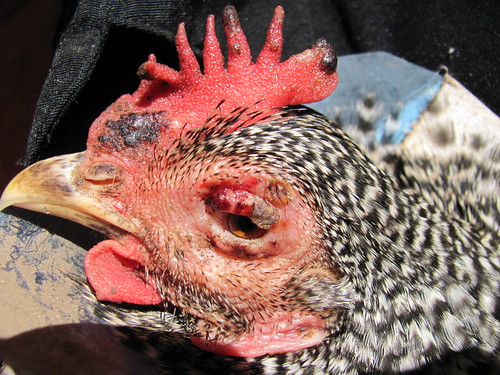
Thanx. I feel more informed about chicken rearing
Hi. I’m glad you find this article helpful.
Good day, I am having isa brown pullet of 25 weeks of age but not yet laying n they are healthy n fine
What is their average body weight?
Thanks for this information,
Eye opener. Very helpful. Thanks
Thanks for reading
Helpful information. Thank you ????
You’re welcome